
Introduction
It hasn’t been long since AMD launched the AMD Ryzen 9000 series (Zen 5) CPUs on August 7th, 2024, and August 14th, 2024. To say the launch came with mixed results is an understatement. What felt like Zen 1 days, the Ryzen 9000 series launch was met with criticism, disappointment, praise, and a varied and mixed conclusion depending on what was being tested, apps or games, and how many, and in what scenario, and what phase the moon was in… You can read our reviews here: 9950X, 9900X, 9700X, 9600X.
Well, AMD is coming at us today, letting everyone know that it has been hard at work to “fix” some of the issues, and a lot of those are software-related, or rather, Windows-related. However, there is a specific hardware improvement AMD is making, to help mitigate performance issues of Zen 5 versus Zen 4, which was seen as a rather lackluster generational improvement, especially for gaming performance. You can check out the official AMD Blog post about this here.
Let’s just roll through the official information AMD is putting out today, and talk about each slide below. This was given to us a few days ago, and it is pretty much stuff that has already been known, but now it is wrapped up in a tight, neat little bow, that when combined, should? (question mark) help Zen 5 to appear as a better upgrade. (But really some of these things today are also going to help prior Zen generations)
AGESA 1.2.0.2
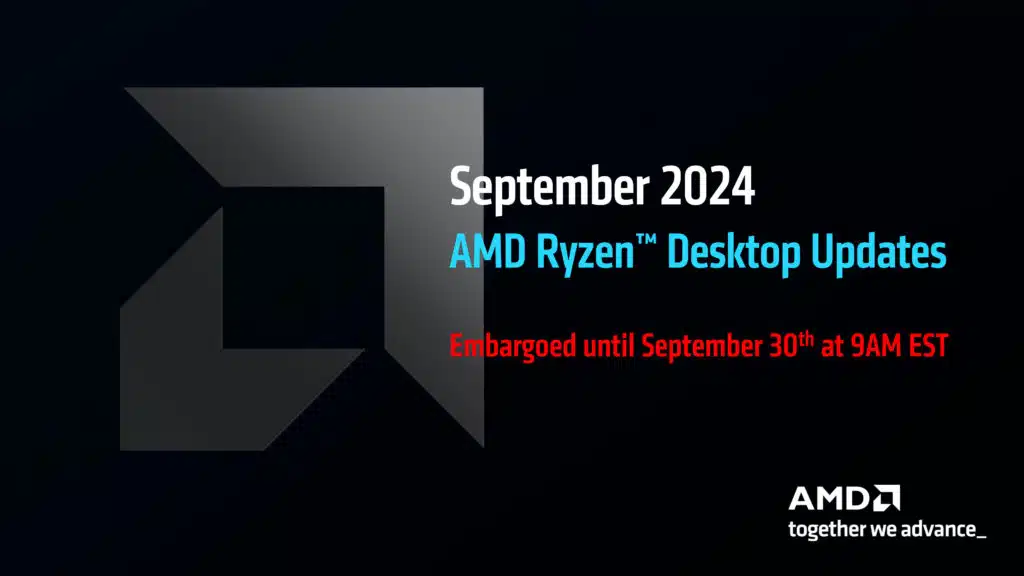
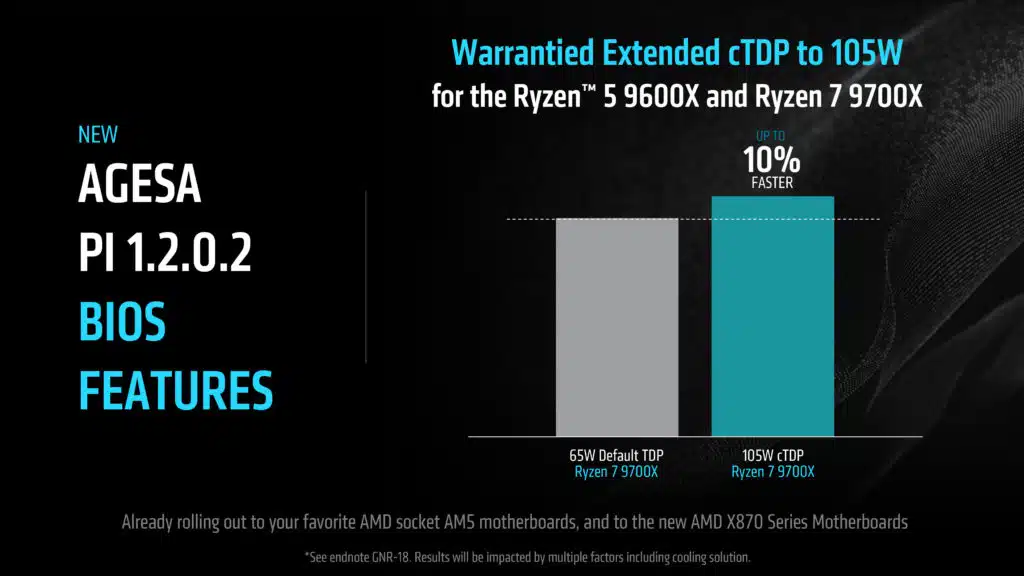

There is a new AGESA in the house, AGESA PI 1.2.0.2, to be precise. This is an upgrade over the reviewer-supplied AM5 PI 1.2.0.0a. In fact, prior to the Ryzen 9000 reviews, the version was 1.2.0.0, “PatchA” was released to reviewers which apparently had some tweaks specific to the Ryzen 9000 series 12-core and 16-core CPUs, this is the version we used in all of our launch testing, 1.2.0.0a.
TDP to 105W
The new AGESA 1.2.0.2 (which is available right now for many motherboards), does a couple of important things. Firstly, it does enable a new now Warrantied Extended cTDP to 105W option in the UEFI BIOS for Ryzen 5 9600X and Ryzen 7 9700X. You see, the AMD Ryzen 5 9600X and Ryzen 7 9700X are 65W TDP parts and are set at that by default. One of the complaints, or criticisms, is that these CPUs could have increased performance if they were just allowed to be pushed to 105W, which is where their predecessors sat.
Well, apparently AMD agrees with this sentiment, as it has now said that TDP to 105W in the BIOS is now a WARRANTIED item. That’s right, you can boost the CPUs to 105W and it will not void your warranty. (Why Not Just Launch These CPUs in the FIRST PLACE at this TDP AMD :o) Therefore, you can (maybe?) experience better performance out of the Ryzen 5 9600X and Ryzen 7 9700X now. The only issue with this is, that it is not the default setting, but rather a user-enabled setting, you must manually turn this on. By default, the CPUs are still going to run at 65W on every motherboard, out-of-the-box.
Core to Core Latency
When the Zen 5 CPUs were launched, AnandTech (rest in peace), released this article suggesting the inter-CCD latencies were bad, simply put. Well, now thanks to AGESA 1.2.0.2 an optimization has been added to improve core-to-core latency in sensitive use cases. Now, AMD does make the claim that these were corner-case scenarios and that it expects minimal impact in real-world applications. Still, that is nice to see that improvement, anything is welcomed.
Windows 11 – Branch Prediction
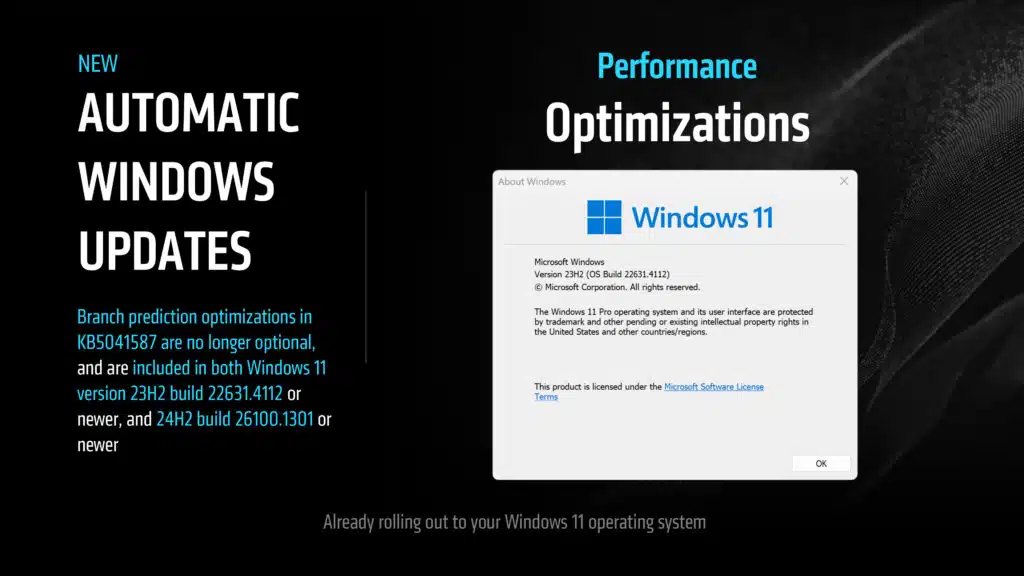
This update is really the big one, and that is new performance updates coming to Windows 11 via Windows Update. This one has been talked about to death, but a quick summary is that current mitigations put in place in Windows back during the Spectre/Meltdown era, have been harming Ryzen CPU performance, and are no longer relevant. Now, AMD is calling this a Branch Prediction optimization, however, we do know they were bypassing this issue by running Windows 11 in the super secret Admin mode, which by all accounts just simply was bypassing security mitigations that were harming Ryzen performance.
Whatever the real reasoning going on, the end result is that there are new updates coming that are 1) being backported to Windows 11 23H2 and then 2) also coming with the official release of 24H2. With KB504158 Windows 11 23H2 will have this update with build 22631.4112 it newer. In addition, it will automatically come in 24H2 with build 26100.1301 or newer. Therefore, check your build of Windows, and you will know if you have it or not.
Our little rebuttal to this is the fact that this update does improve performance on previous generations of Ryzen CPUs. Therefore, you will see a performance uplift also on Zen 4, and Zen 3. Therefore, the scaling between Zen 4 to Zen 5 ultimately remains the same, if both are receiving performance uplifts. Just keep that in mind, as far as this update goes. However, a free performance upgrade either way, is very welcomed, and you should update for the best performance on Ryzen.
The X870 Platform
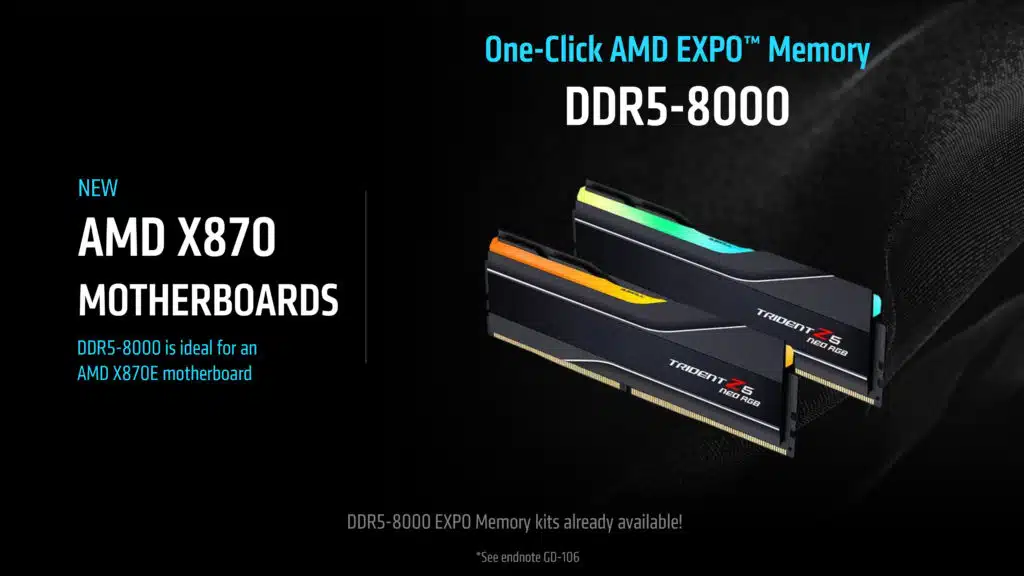
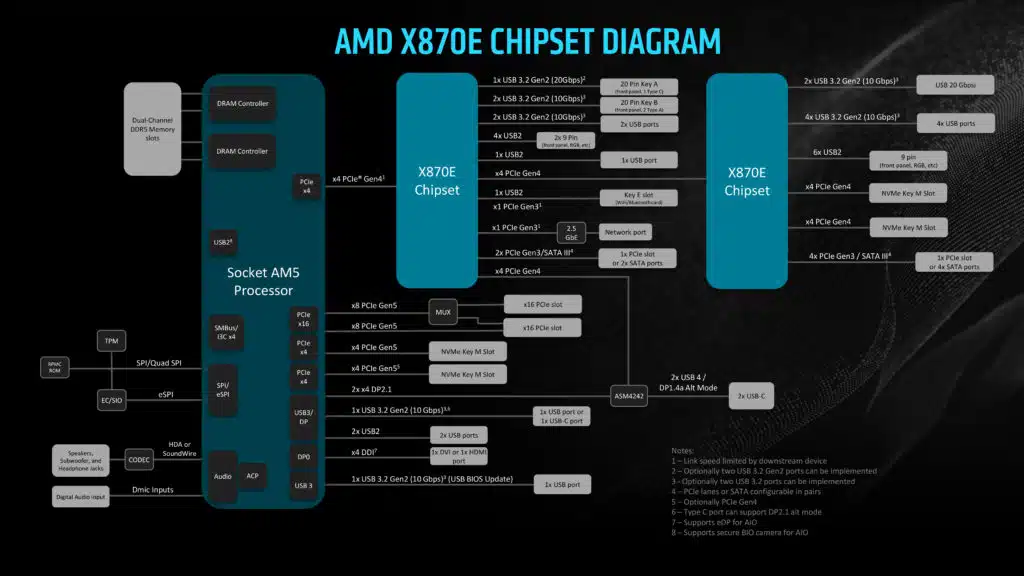
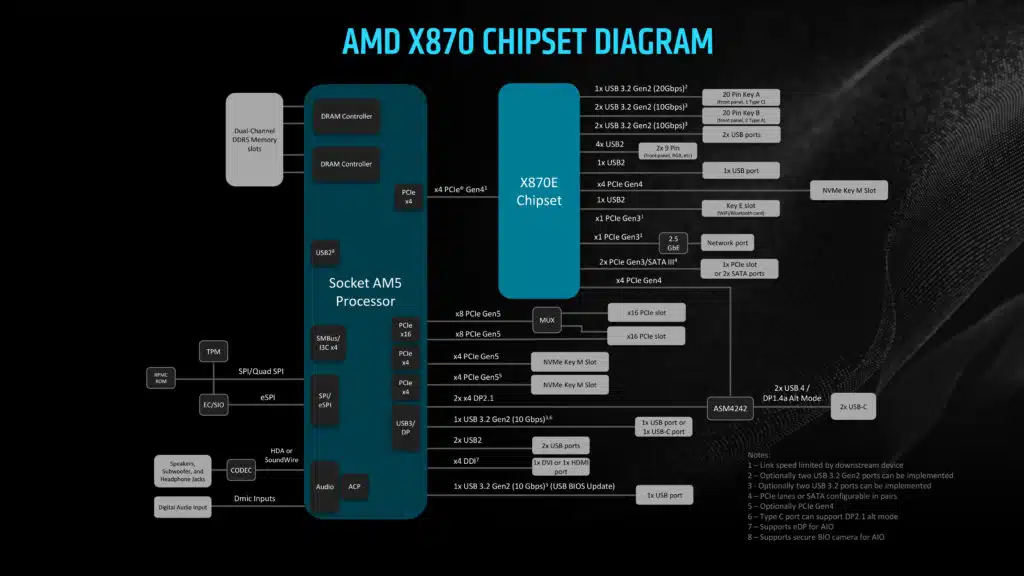
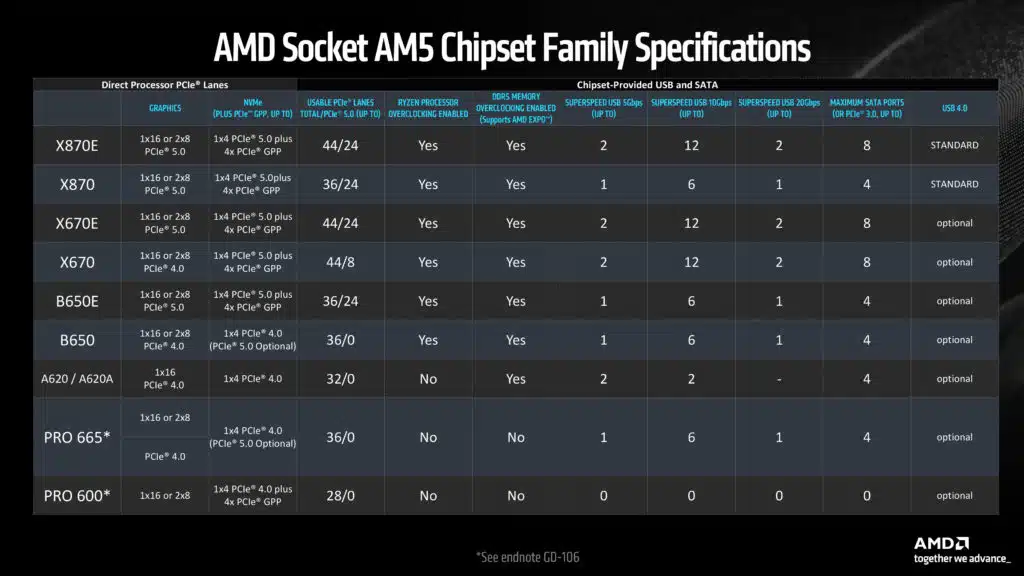
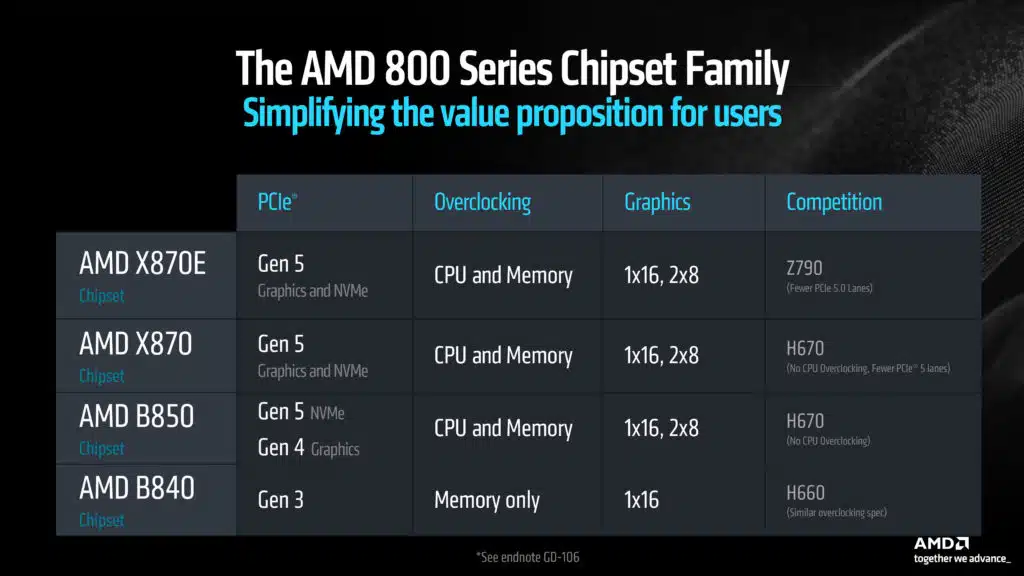
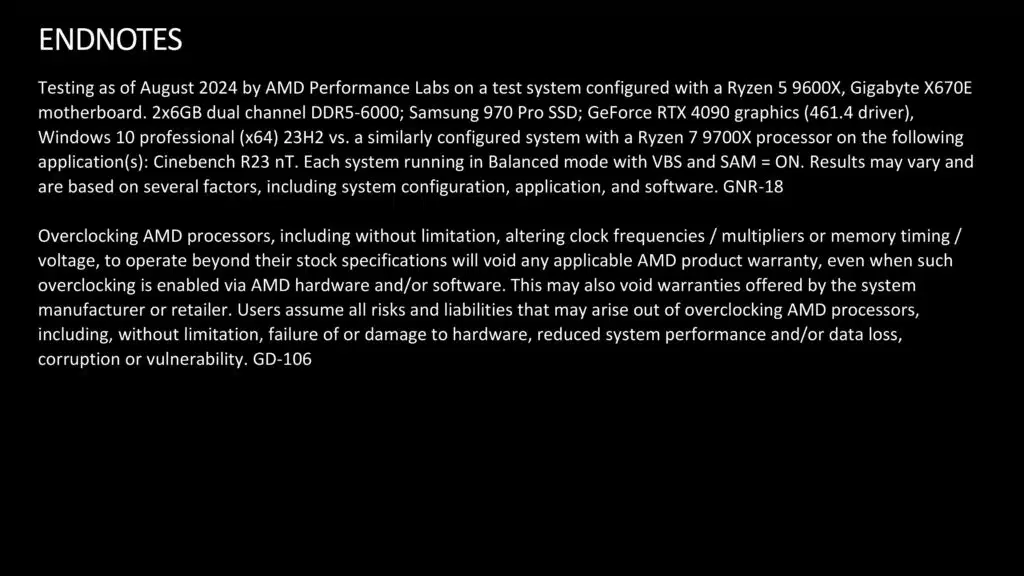
The last piece of the puzzle, isn’t really that much of a puzzle, and ultimately chipset-to-chipset will not make a performance difference. The AMD X870 and AMD X870E chipsets are now official, and motherboards sporting these chipsets have now officially launched. Inherently, you will not see a performance difference with these chipsets, they are refreshes, with PCIe lane assignment changes and USB4 requirements.
However, what this refresh has done is give motherboard manufacturers the chance to change up designs, improve designs, refresh designs, and provide tighter controls over things like memory tuning. In that regard, you may be able to achieve higher memory overclocks, thus improving performance, but that will go for Zen 4 or Zen 5, as they share the same memory controller.
We have already taken a look at 5 X870/E chipset-based motherboards, with full reviews on these motherboards, follow the links below to each review, and we have more coming.
Conclusion
It is great to see AMD be active in trying to figure out why reviewers are seeing different results, and why the general consensus has been lackluster for Zen 5. We know, from personal experience, that AMD has been very willing to hear us out on performance issues, and actively seeking to understand our results, and gather data directly from us, as it has been interested in figuring this out, so that is really great to see that type of interaction and sincerity in figuring all of this out. AMD hasn’t shied away from the issues, and we are glad some conclusions are being made. It helps us, as reviewers, to provide better and more useful reviews to you.
Overall, the TDP to 105W is the most interesting to me. The fact that AMD is making the TDP to 105W a warrantied function is almost? an admission that they misunderstood the 9600X and 9700X to begin with, and are almost admitting that it should have been a 105W part to begin with. My only issue is that the default behavior is still just 65W, out-of-the-box. This means a new gamer setting up a system will install the CPU, and it will operate at the 65W TDP.
Since we always test CPU performance, Motherboard performance, and Gaming performance at “Default” motherboard settings, then the experience shown will always be the 65W level by default. We can’t know if a user will enable this feature or not, and the fact that you have to enable it manually means there might be quite a few who simply do not know about it, and forgo the option, operating at a lower power limit. Perhaps AMD should officially raise the TDP and set it at 105W in motherboards at “Default” ?
Next, the Windows 11 performance updates are interesting as well. Who knew that all this time Ryzen CPUs could have been gimped, for this many years. (side note, it kinda makes Intel CPUs look pretty bad if Ryzen was beating them with gimped performance all this time) The main issue here is that these new Windows updates will increase performance on not just Zen 5, but also Zen 4 and Zen 3. Therefore the relative performance scaling between the CPUs remains the same if both CPUs are getting a performance uplift.
This doesn’t really help Zen 5 look better over Zen 4, it just makes it look better in scores, or have higher framerates with faster GPUs in the future. So, this performance upgrade is great, it’s free, do it, but I wouldn’t expect it to suddenly make Zen 5 look like a larger generational improvement over Zen 4. But time will tell, we will certainly do much more testing.
Finally, with the new X870/E chipset motherboards, it is great to see refreshes with new designs, new features, and the ability to overclock memory higher. However, again, don’t expect any performance difference inherent to X870/E over X670/E, you just won’t see that in regards to the chipset. What you will get with the new motherboards are new usability features and different PCIe lane assignments. So again, these motherboards are nice, but it won’t suddenly make Zen 5 look better over Zen 4.
All of that said, we look forward to these improvements on the whole, and will continue to test with the latest UEFI BIOS, AGESA, and Software moving forward for any upcoming launches. It’s time to re-benchmark every CPU for the 33rd time.
